
Generator Buying Guide
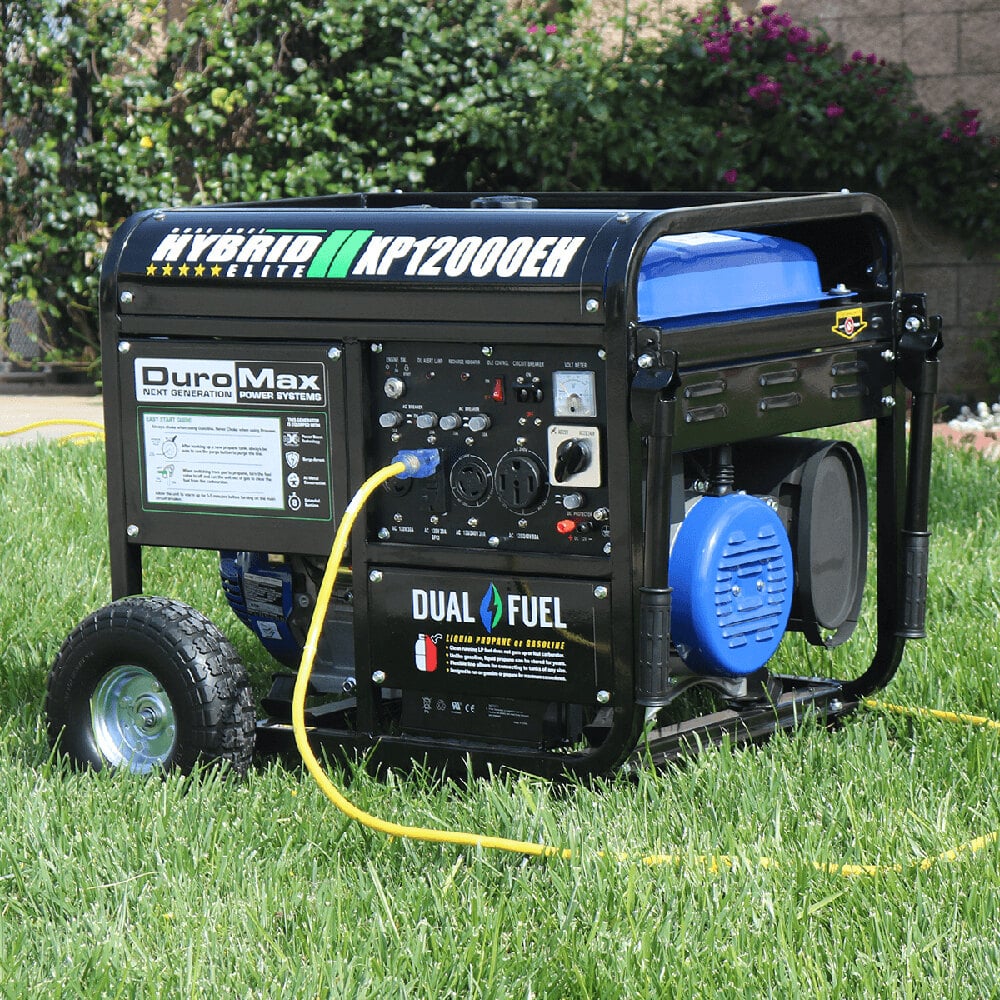
What is a Generator?
A generator is a machine that converts mechanical energy into electrical energy. Unlike electrical outlets in buildings, a generator generates its own electrical energy with no connection to a power grid. Usually it relies on gas, much like a car.
Because a generator does not require connection to a local power grid, it is a common go-to for outdoor use when outlets are scarce or unavailable. Consumers around the world rely on generators to power equipment during electrical power outages, which happen at the grid-level.
How Does a Generator Work?
What Size Generator Do I Need?
How Many Watts Do I Need in a Generator?
To determine just how many watts you need in a generator, start by taking stock of the equipment it needs to power. For instance, is it a single grill for catering, or is it the entire kitchen?- List all of the equipment the generator needs to be able to power.
- List the power requirements. This includes the starting and running wattage of each piece of equipment. Note that the starting wattage is often 2 - 3 times the running wattage; more power is needed to initially turn on a piece of equipment than to sustain its power over time.
- Not everything that requires electricity has a different starting and running wattage. A toaster or coffee maker may power on with the same wattage it uses for operation. Equipment that produces steady heat often only has one wattage requirement. Consult manufacturer literature to determine how much power your equipment needs.
- Equipment is usually not 100% efficient. That means that a 1000W unit may actually require 1600W for operation. Make sure to check the data tag or manual.
- Add the power requirements together. This total represents the maximum wattage that a generator will need to power your equipment.

How to Buy a Generator
- Look at the maximum power and rated power of the generator.
- Maximum power refers to the peak output the machine can produce. This output usually does not last for more than 30 minutes and is 10% more than the rated power.
- Rated power refers to the output the machine can sustain for long periods of time. This is more important than maximum power when purchasing a generator.
- Choose the type of generator.


Usually quieter and smaller in size than other types, an inverter generator is known for its fuel efficiency. Instead of producing a consistent output of power, it adjusts to the power demand. If demands are low, the machine only uses the fuel required to provide the needed power. This type of generator is more limited than others in its total output due to its efficiency and compact size. Its quiet operation and lightweight design make it the preferred generator type for food trucks.
- Small in size
- Operates quietly
- Adjusts to power demand for fuel efficiency
- Safe for powering sensitive electronics
- Limited total output
- More expensive than other options
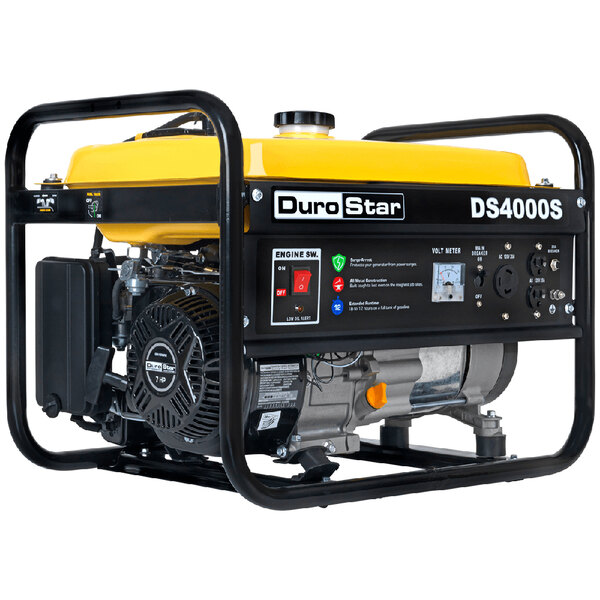

Less expensive than a standby generator, a conventional portable model is not installed permanently. It does have placement limitations though, as it produces carbon monoxide; it should always be at least 20 ft. away from a building or AC unit, and its fumes should never be directed towards a building. It also requires coverage in the rain.
- Affordable options available
- Easy to transport and temporarily install in virtually any setting
- Placement limitations due to the carbon monoxide and fumes it produces
- Requires rain coverage


A portable power station serves more like a giant battery pack than a generator. It runs on a battery or solar panel and does not require gas, making it safe for indoor use. It is not a smart long-term back-up, though. They produce less power than other generators and must be recharged.
- Affordable options available
- Powered by a solar panel or battery instead of gas
- Easy to transport
- Produces less power than other options
- Solar- or battery-power must be recharged


A standby generator is permanently installed to kick in during a power outage. It’s a robust option that must be installed by a professional. It tends to be at a higher price point than the other options because of its permanency and required expert installation.
- Permanent back-up that provides energy during a power outage
- Immediately kicks on after a power outage with no manual intervention required
- Large models can power an entire facility
- Can operate days or weeks without needing to refuel
- Expensive
- Large in size
- Must be installed by a professional

- Consider the outlets needed on the generator. The equipment that the generator powers needs to be able to plug into the machine. Smaller inverter generators or portable power stations may include USB ports, but most will feature 120V or 240V outlets. GFCI protected outlets are recommended for use outdoors. If planning on permanent installation, a 240V outlet should allow an electrician to wire the generator to the facility.
- Determine how noise level factors into your decision. Larger generators often produce more noise than smaller models. Among large machines, those that run on diesel are generally the loudest.
- Choose other features that will help in your application.
- Electronic Fuel Injection (EFI) - Like using diesel, EFI eliminates the need for a carburetor. This simplifies maintenance while also helping to start the generator in cold weather.
- Fuel Gauge - A fuel gauge shows how much fuel is left in the tank.
- Fuel Flexibility - Some models can hook up to a propane tank or natural gas line. Others require a conversion kit.
- Automatic Shutoff -
- Low Oil - When the oil is low, the machine shuts down to prevent damage.
- Carbon Monoxide (CO) - If too much CO accumulates around the machine, it shuts down.
- Wheel Kit - Not all portable generators come standard with wheels. Make sure to factor in the cost of a wheel kit if it's sold separately.
- Lift Hook Bar - A lift hook bar makes the machine easier to lift in industrial applications.
How to Use a Generator
When a generator is not in use, it should be stored safely in a garage or shed. Plus, ending operation of a running generator actually begins by unplugging the loads. This is critical, as removing the cords after the machine is shut off may prevent it from starting the next time you need it. Once the loads are unplugged, the fuel should be switched off and drained from the carburetor to prevent clogging. The generator should then sit and cool. This is prime time to check the oil level and to reference the owner's manual for other maintenance requirements. Only when the machine is cool is it ready to store.

How to Start a Generator
Prepare
1. Consult the owner’s manual. The manufacturer knows how to best (and safely!) use their product.
2. Position the generator for use. A generator should always be located outside on level ground at least 20 ft. away from buildings and AC units. Be mindful of where the fumes are directed, too. They should never push up against windows, vents, and doors. Plus, because generators can rust or short-circuit, make sure that it is properly protected from rain or snow.
3. Check the oil. Whenever you start the generator, check the oil. While some models include a low-oil shut-off, others don’t. Running it without enough oil can damage the generator.
4. Fill with gas. For best results, use fresh gasoline without ethanol. Replace the gas in the tank at least once every 6 months.
5. Make sure all loads are unplugged from the generator. When starting the generator, it should have nothing relying on it for power. Only after it is running are loads safe to plug in.

Power Up
1. Turn on the fuel valve. This allows gas to flow to the carburetor.
2. Turn on the choke. Depending on the generator, this may involve turning the choke to “on” or “full.” If there is a choke rod, move it from right to left.
3. Turn on the ignition or engine switch. If the generator features electric start, then this step should start the engine and power the machine.
4. Pull the recoil cord straight out. There will be some resistance, and it may take several tugs to start the engine.
5. The engine should start. Wait just a few seconds to allow it to warm up. Then move the choke between “on” and “run”, and give it a few seconds before moving it to “run.” If the model does not allow for half-way adjustments, simply move the choke directly to “run.”
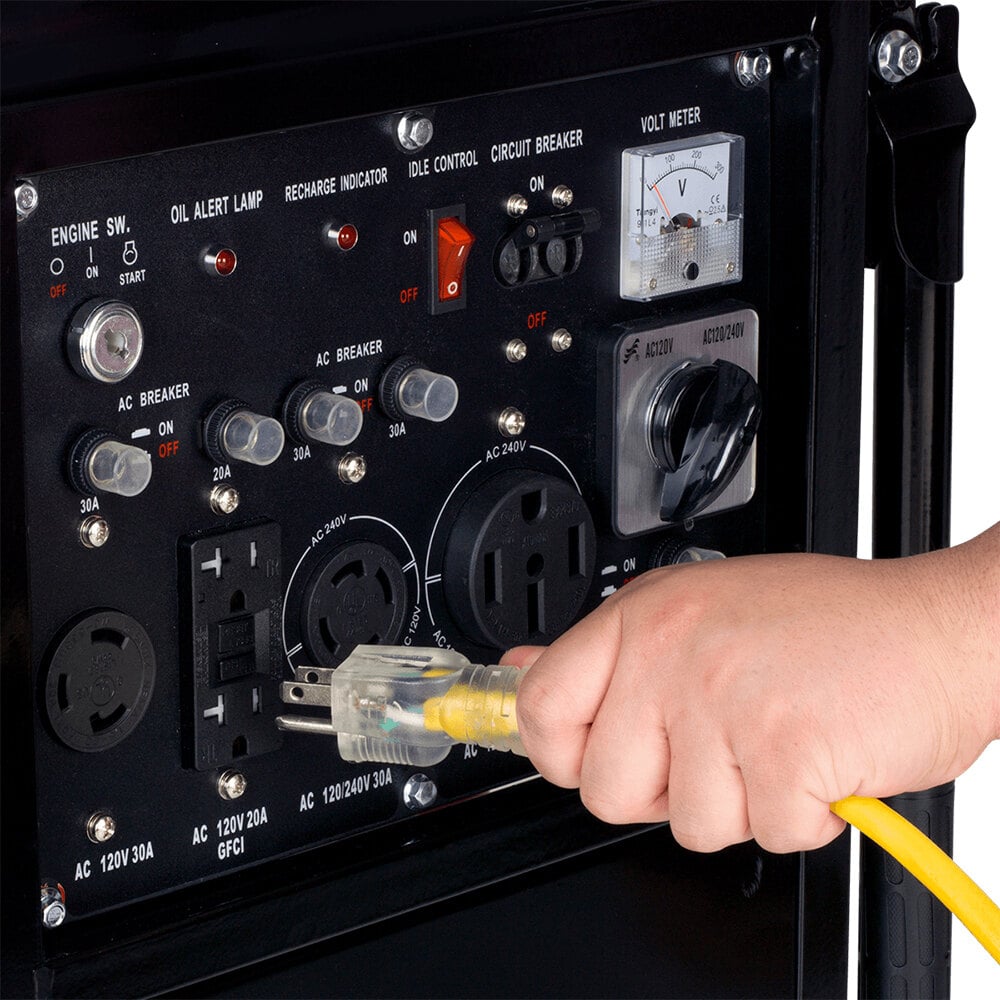
Plug In
1. Run the cords safely. They should be out of the way of puddles and other water.
2. Plug empty cords to the generator. The cords should not be plugged into anything else. Make sure the cords are rated for use outdoors and that they match the receptacle used; if the outlet is a 20-amp receptacle, it requires a 20-amp cord.
3. Plug the cords into the equipment.
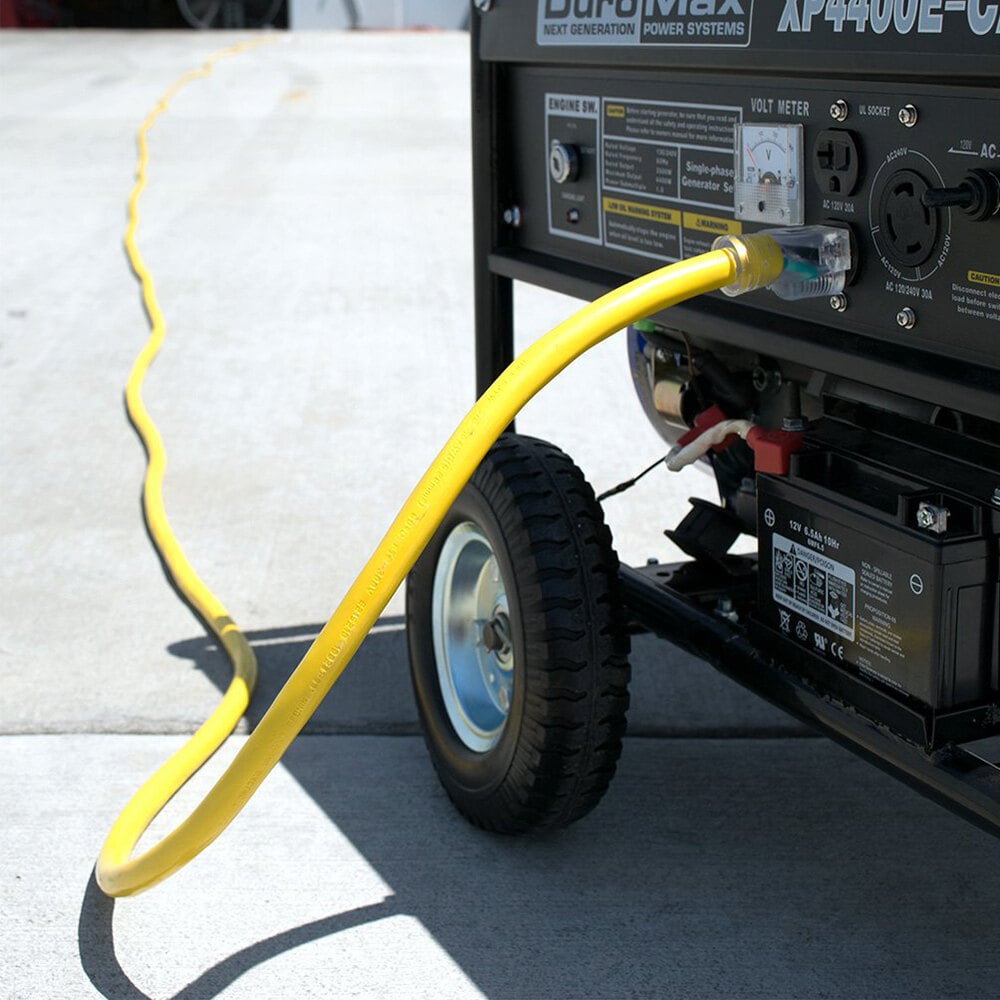
How to Use a Portable Generator
When using a portable generator, it connects directly to equipment through a cord and plug. This is one reason why this type of generator is great for outdoor events. It does not require an electrician and can be transported from place to place with mobile equipment; however, keep in mind that it must be grounded to prevent electrocution.
If a portable generator is robust enough, it can be paired with a manual transfer switch to power hardwired equipment. This requires a licensed electrician and involves installing the switch next to the building’s electrical panel. The switch connects to the circuits in the panel that the generator will power. Essentially, the switch acts as a buffer between the building circuits and the generator. It is required if using a generator to directly power a building.
Never plug a portable generator directly into a facility’s outlet. Doing so is incredibly dangerous and can lead to an electrical fire.

How to Make a Generator Quiet
There are several steps you can take to reduce the noise of a generator. These include soundproofing the machine, increasing the distance from where it’s placed, and placing it on a firm, sturdy surface. To soundproof, consider soundproofing enclosures and noise deflectors. Replacing the baffles and adding rubber feet can also help. To increase the distance, look into investing in a long-distance generator power cord. As for the surface, anti-vibration mounts can help permanent installations.
If these tricks don’t work, think about upgrading the exhaust muffler. Like on a car, the muffler helps dampen the noise of the motor, and some mufflers are more effective than others. Large mufflers are usually most successful in reducing noise. They can also help lower the pitch of the generator.
Using water can also help. With just a hose and large bucket of water, you can easily quiet the machine. Simply fit the hose or flexible pipe to the exhaust. Make sure to cut a small hole far up in the hose to serve as a buffer between the water and the generator. Then, direct the hose down into the water. This funnels the noise into the water, which can quietly absorb the energy.
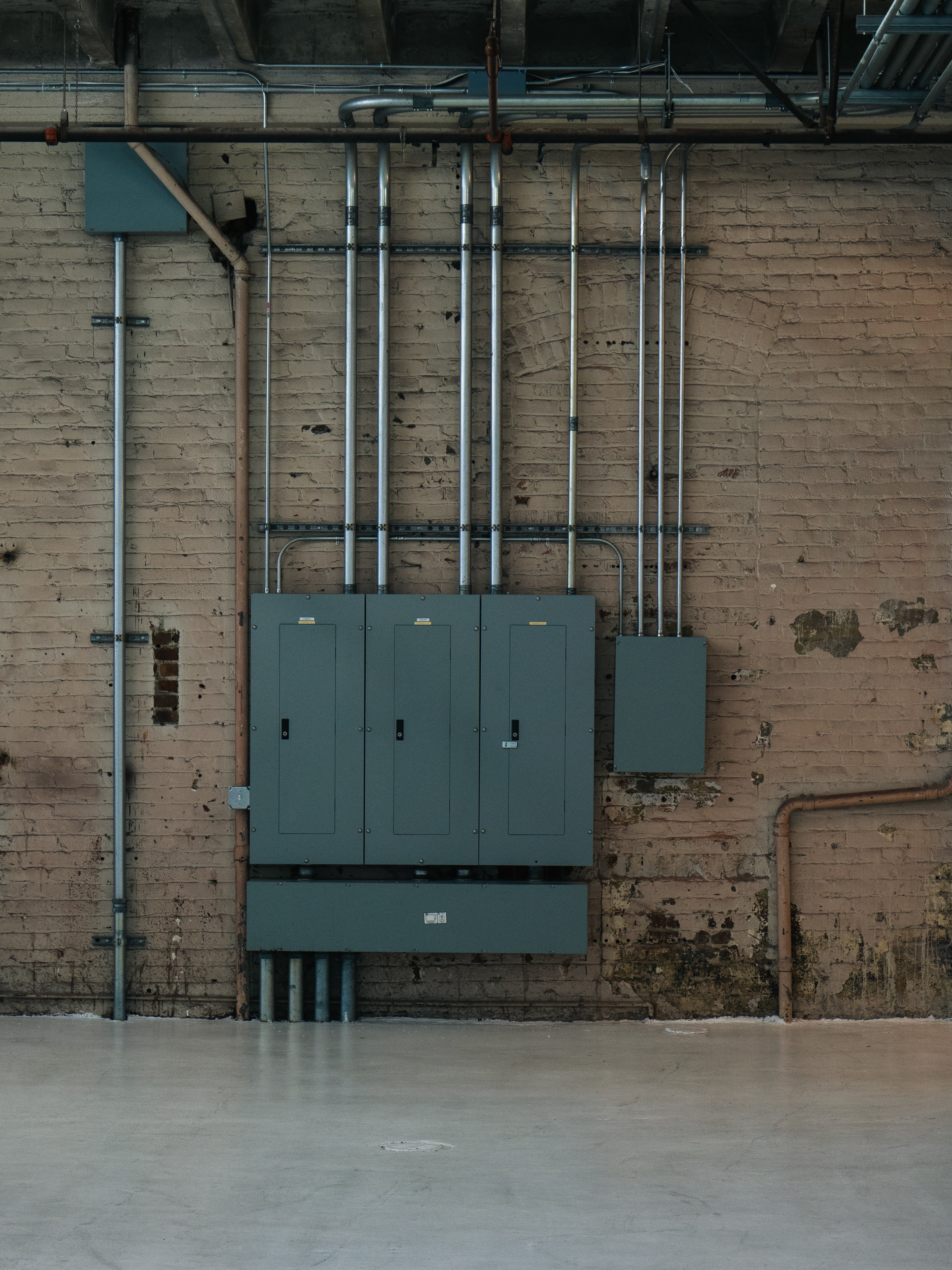
How to Install a Generator
Installation depends on the type of generator used. Standby generators must be permanently installed by a professional. Portable and inverter generators are temporarily installed by walking through the 3 Ps – prepare, power up, and plug in.
How to Wire a Generator to a Breaker Box
Always have a professional electrician wire a standby generator to a facility’s breaker box. They will ensure that the wiring is safe and in compliance with electrical codes.

How Much Gas Does a Generator Use?
The amount of gas used depends in part on the capacity of the fuel tank. It also depends on the load, or the percentage of its potential power output that it uses. Running at full power will require more gas than running at half power.
How Long Can a Generator Run?
Most generators run for up to 9 hours on a full tank and at a 50% load. That means that running at a full, 100% load will deplete the fuel tank in less than 9 hours.
Related Resources

May 2024 WebstaurantStore Coupon Code
Spring is in full bloom, and to celebrate Webstaurantstore is offering a variety of amazing monthly deals! In May, you'll discover incredible prices on beverageware, dessert ingredients, and food packaging supplies. Take a look at our selection of sale items below and don't forget to enter the code MAYFLOWERS at checkout to enjoy savings of up to 30%! We're also excited to introduce the new Webstaurant Rewards® Visa Business Card ! Sign up for a new card today and start earning rewards on every WebstaurantStore purchase. Use Coupon Code: MAYFLOWERS Finest Call Premium Tropical Puree Mix 1 Liter reg. $4.19 Each $3.77 Shop Now Blue Henry Dried Blood Orange Slices - 20+ Slices per Box reg. $12.49 Each $8.74 Shop Now Fee Brothers 5 fl. oz. Oran

Safe Event Planning for Caterers
In order to serve guests in the age of COVID-19, caterers and event planners are adapting traditional methods of serving large groups to promote a safer environment. By changing the way caterers view party planning and through the use of key disposable products, it's still possible to serve food in group settings. Check out our catering ideas and learn how you can organize a safe event. Shop All Disposable Catering Supplies 1. Micro Events Think small. Guest lists are shrinking as more caterers plan micro events instead of large gatherings. Micro events are small gatherings with a limited number of attendees, which makes it easier to promote social distancing guidelines . With more space available, you can arrange y
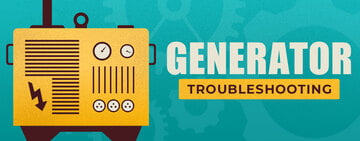
Generator Troubleshooting Guide
Generators are a must-have piece of equipment for outdoor events when outlets are scarce or unavailable, or in case of a power outage . Even the most reliable brands can experience malfunctions from time to time, so it is important to know what to look for when an issue arises. This comprehensive troubleshooting guide will list common problems that can affect any type of generator over time, what to check for to diagnose the issue, and simple fixes you can make to get your generator back to operating efficiently. Use the following links to navigate and learn how to troubleshoot common generator issues: Generator Won't Start Generator Runs but No Power Generator Won't Turn Over Generator Is Sputtering Generator Troubleshooting Video Generato
- Topics 1359
- Industrial 55
- Troubleshooting Guides 21
- Restaurant Management 128
- Bar Management 56
- Catering Tips 37
- Bakery Management 42
- Food Trucks & Concessions 49
- Advertising & Marketing 37
- Eco-Friendly Tips 11
- Facility Layout & Design 42
- Coffee Shop Tips 28
- Installation & Maintenance 51
- Janitorial & Pest Control 30
- Safety & Sanitation 88
- Startup Tips 104
- Menu Design 10
- Kitchen & Cooking Tips 84
- Hospitality Management 24
- Pizza & Sandwich Shop Tips 36
- Smallwares 37
- Food Prep 89
- Tabletop Items 17
- Disposables 22
- Calculators & Tools 6
- Consumables 52
- Warewashing & Laundry 19
- Cooking Equipment 92
- Food Storage & Refrigeration 51
- Beverage Equipment 35
- Office Supplies 6
- Resource Type
- In-Depth Articles274
- Buying Guides299
- How-Tos95
- Product Reviews78


